Neck muscle tightness: Cause,Symptoms,Treatment,Exercise
What is Neck muscle tightness?
There are too many reason for Neck muscle tightness, however it may vary from person to person, it may be due to lazy lifestyle or after Neck pain related injury required rest, This may lead to sometimes stiffness and Neck muscle tightness.
Tightening in the neck might be described as a combination of neck pressure or stiffness, soreness, pressure over the neck muscles. you may can not move the neck or feel the tight muscle while moving your head over down or side to side ( right left wing). Miserliness in your neck may seen when you sleepovers or naps on the settee. That is because when we sleep in a new or uncomfortable position, the muscles and ligaments of the neck or cervical chine can shift and causing painful pulled muscles or loosen ligaments. Tightening feeling in your neck is different from the sharp or severe pain that you would feel in the condition similar as a pinched nerve.
Your poor Posture may affects the body at all times, even during sleep or working. People who sleep on their stomachs tend to rest one side of their face on the pillow. Doing this can overextend the muscles on that side of the neck. Muscle tension is a common cause of neck muscles tightness . you can relieve neck muscle tension by stretching the neck muscles, which improves flexibility and range of motion of the neck and which will also help to prevent your neck muscle tightness.
If you Sleeping with large pillows can elevate the head too high, forcing the neck to bend forward. Staying in this position throughout the night may result in neck tension the morning. there are too many factors that contribute in neck muscle tightness, in This article here we discuss all the possible cause of neck muscles tightness, Anatomy of the posterior side of the neck , How you can relive tightness with stretching exercise and posture correction.
Anatomy of the neck :
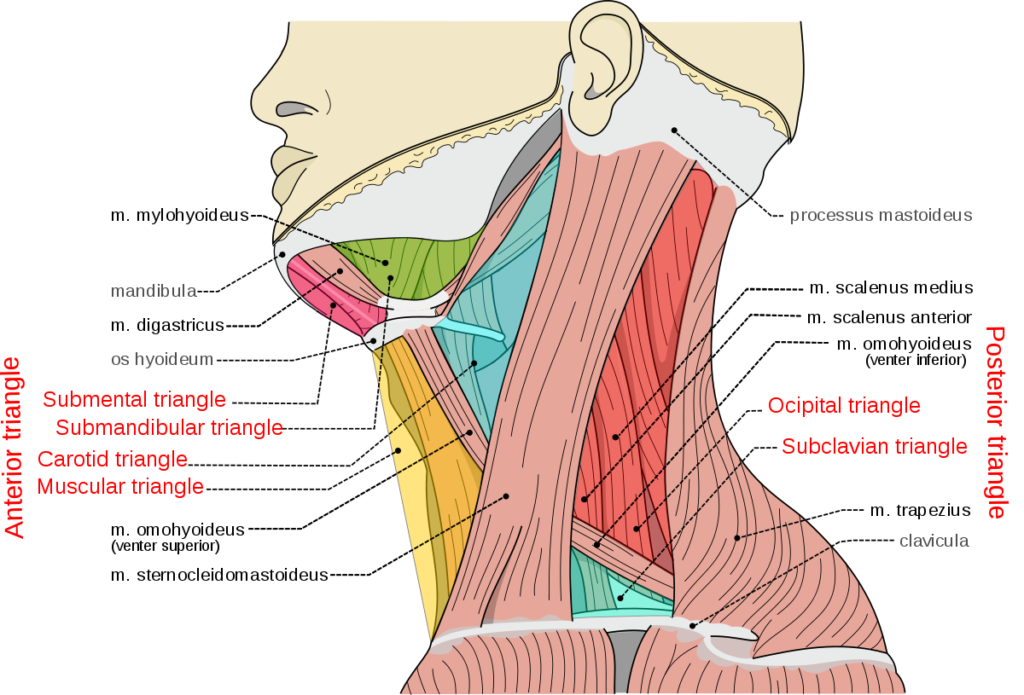
Regions of the neck :
- The posterior triangle of the neck forms the posterior compartment of the neck and which is separated from the anterior triangle by the sternocleidomastoid muscle.
- The sternocleidomastoid muscle, trapezius muscle, and clavicle bone are important landmarks for orientation of the neck.
- The neck is divided into 4 regions
- Sternocleidomastoid region
- Posterior cervical region
- Lateral cervical region
- The muscles that comprise the boundary of the posterior neck triangle in the sternocleidomastoid (STM) and trapezius muscles. The platysma muscle is found overlying the triangle superficially.
- Muscles coursing within the boundaries of the posterior neck triangle include the anterior, middle, and posterior scalene muscle.
- Superiorly, the semispinalis capitis and splenius capitis muscles insert near the apex of the junction of the sternocleidomastoid and trapezius muscles at the superior nuchal line of the occiput
Anterior cervical region :
- Boundaries :
- anterior: posterior border of sternocleidomastoid
- posterior: anterior border of trapezius
- inferior: middle third of the clavicle
- roof: skin, superficial fascia and the investing layer of deep cervical fascia
- floor: prevertebral fascia overlying spleniuscapitis, levator scapulae, scalenus medius and scalenus anterior.
The neck muscles include :
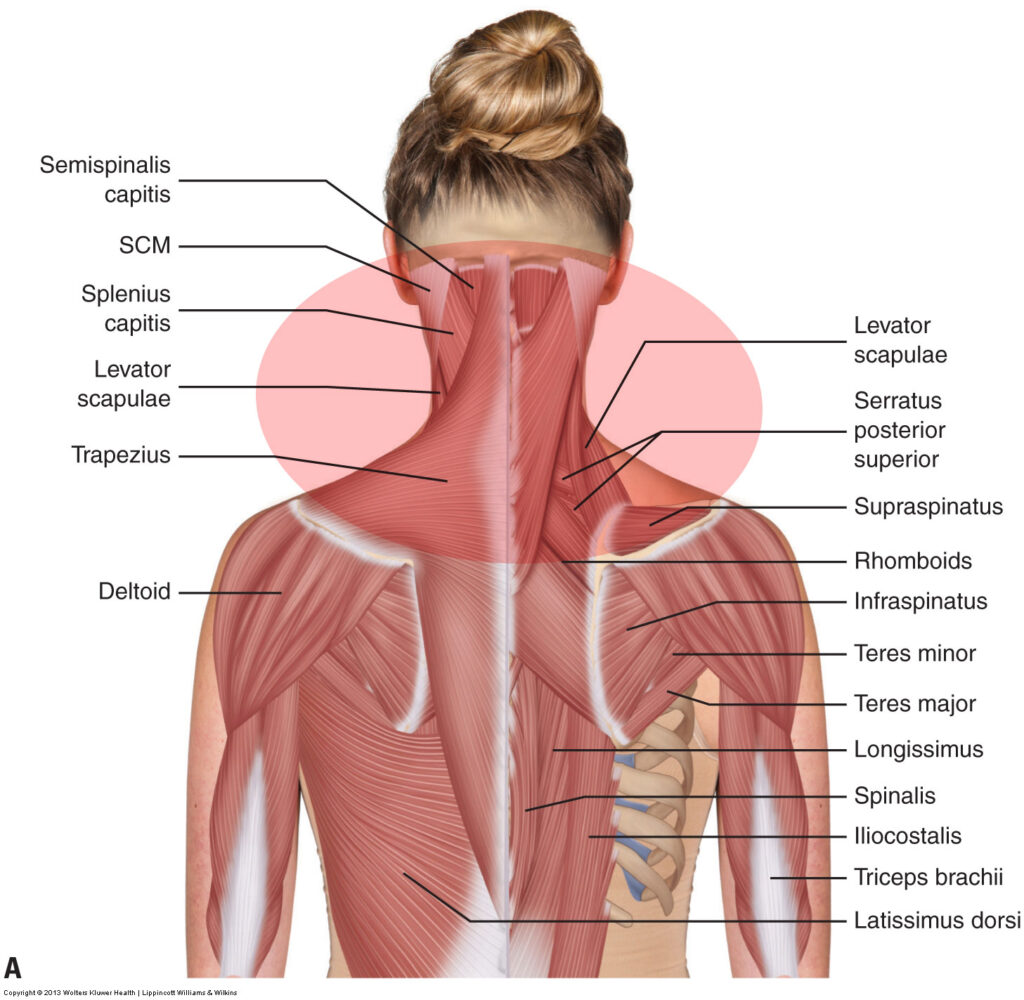
- Platysma
- Sternocleidomastoid
- levator scapulae
- Trapezius
- Splenius capitis muscle
- Longus capitis muscle
- Longus colli muscle
- Rectus capitis anterior
- Rectus capitis lateralis
- Scalanus anterior muscle
- Scalanus medius muscle
- Scalanus posterior muscle
What’s causing tightness in your neck?
The tightening discomfort could be triggered by a number of causes including:
Your poor posture habit :
Your neck supports your head, and the average mortal head weighs about10.5pounds.However, the neck muscles are needed to work in hamstrung ways to support the weight of your head, If your posture is poor. This imbalance can lead to a feeling of miserliness Still, your arms and head will be deposited toward the front of the rest of the body for extended ages of time, causing the cervical muscles to contract.
Your computer :
If you spend long hours sitting in front of a computer, your arms and head will be positioned toward the front of the rest of the body for extended periods of time, causing the cervical muscles to contract. This can lead to tightness in the neck and, eventually to pain.
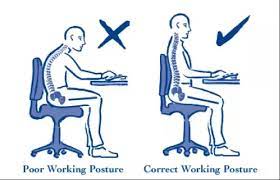

Your cell phone :
If you’re hunkered over your phone checking social media and keeping your cervical spine in tilted position which will lead to neck muscle tightness.
Your purse strap :
Using a shoulder swatch to carry a heavy bag, briefcase, or trip luggage can put an uneven strain on your neck muscles which can lead to the feeling of miserliness.
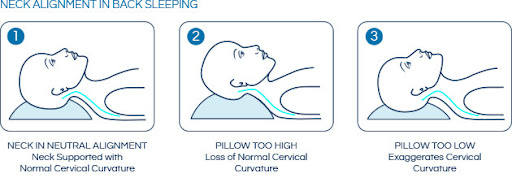
Your sleep habits :
Try to sleep with your head and neck aligned with the rest of your body. Consider sleeping on your reverse with a pillow under your knees and avoid pillows that elevate your neck too much.
Your TMJ (Temporomendibular joint ) :
Temporomandibular joint (TMJ) disorder is typically associated with jaw and facial discomfort, but it can affect the neck as well.
stress :
Psychological stress can cause tension in your neck, giving it a tightening feeling.
Your working place :
If your job requires you to perform repetitive movements with your arms and upper body, it may affect the muscle of the neck.
Many people experience neck pain or stiffness occasionally. In many cases, it’s due to poor posture or overuse. Sometimes, neck pain is caused by injury from a fall, contact sports, or whiplash. Most of the time, neck pain isn’t a serious condition and can be relieved within a few days. But in some cases, neck pain can indicate serious injury or illness.
other possible causes of neck muscle tightness are as follow :
- poor posture
- meningities
- Working at a office for too long without changing position
- Rheumatoid Arthritis
- Fibromylagia
- Cervical Spondylosis
- Herniated Cervical fragment
- Spinal stenosis
- Sleeping with your neck in a bad position
- Jerking on your neck during exercise
- Hemiplegia or other Paralysis related condition
- Injury to neck or cervical spine fracture (post traumatic)
Symptoms of Neck muscle tightness:
Mostly in Neck muscle tightness you feel heaviness around your Neck and Difficulty in moving Neck, However following are the associated symptoms are seen in sever cases.
- muscle tightness
- Neck Paraspinal muscle spasms
- Neck stiffness with Headache
- difficulty turning your head in certain directions
- Neck pain that worsens in certain positions
- Weakness
- Impassiveness
- Chinking
- Incapability to move the arms
- Incapability to touch the chin to the casket
Treatment of Neck Muscle Tightness :
Stretching exercise and strengthening exercise are the main treatment in the Neck muscle tightness, if you have associated symptoms like pain, spasm of Neck muscles following treatment are also Helpful
- use of cold pack and heat pack
- Muscle relaxants if muscle spasm is present
- Pain reliever medication
Home Remedies :
- In addition to the stretches and exercises above, people can relieve neck tension with rest, over-the-counter (OTC) medications, and lifestyle changes.
- The following remedies may help you to manage neck tension:
- applying a cold compress to reduce pain and inflammation around the neck.
- applying a warm compress to help relax tense neck muscles.
- taking OTC pain relievers to reduce mild-to-moderate muscle pain
- taking an Epsom salt bath
- practicing stress management and relaxation techniques, such as meditation and yoga
- exercising regularly
- getting a massage around neck
- changing sleeping positions and using pillows that support the neck without overextending it.
Stretching Exercise in Neck muscles tightness :
- Neck tilt ( side to side ) exercise
- Neck turn exercise
- Neck stretch exercise
- Upper Trapezius Stretch
- Levator Scapular Stretch
- Wall Push UpProne Rows
- Shoulder Scapular Exercise
- Isometric Neck Exercise
Basic neck stretch :
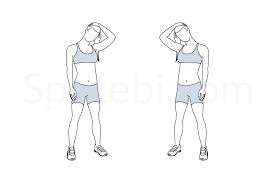
- To perform a introductory neck stretch, people can follow these way
- Sit or stand up straight with the neck in a neutral position and the arms and shoulders relaxed.
- Reach the right hand over the head, placing the win on the left side of the head.
- Stretch the left side of the neck by gently pulling the head over to the right.
- Hold this stretch for 30 seconds and also repeat on the other side.
Neck rolls:
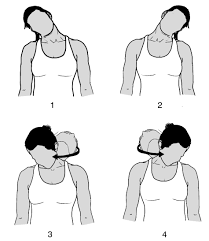
- Begin with the head in a neutral position.
- Drop the chin toward the casket.
- Sluggishly roll the head to one side so that the observance nearly touches the shoulder.
- Continue rolling the head in the same direction, allowing the top of the head to face backward.
- Bring the head around to the other shoulder.
- Complete a full gyration by bringing the head to the front of the body, keeping the chin partake into the casket.
- Do 5 – 10 neck rolls in one direction and also repeat the exercise going in the contrary direction.
Side-to-side neck exercise:
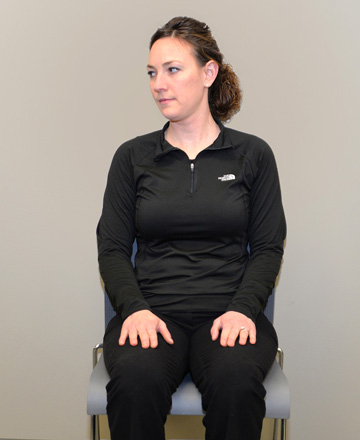
- Sit upright with the shoulders back and the head and neck in a neutral position.
- Slowly rotate the head from side to side, keeping the chin parallel to the ground.
- Keep the rotations small to avoid overextending the neck muscles.
- Complete 5–10 rotations on each side.
Standing pushups:

- Stand about an arm’s length down from a wall with the bases spread piecemeal.
- Place the hands on the wall, making sure that they align with the shoulders.
- Keeping the reverse straight, sluggishly bend the elbows, bringing the upper body toward the wall.
- Unbend the elbows and return to the starting position.
- Repeat this exercise 5 – 10 times
Neck glide:
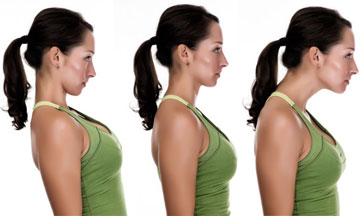
- tart with neck straight. Slowly slide your chin forward.
- Hold for five seconds and return to starting position. Do ten times.
Neck extension:
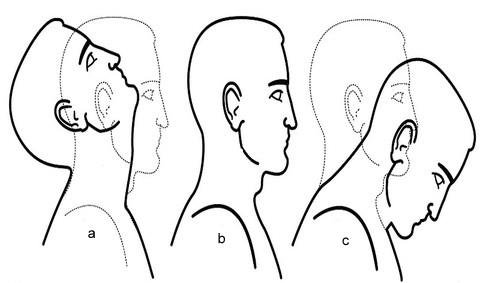
- Without arching your back, slowly move your head backward so you are looking upward.
- Hold for five seconds. Return to starting position.
- This is a good exercise to do during work to prevent neck strain.
Lateral extension :

- start by looking straight ahead.Slowly lean your head to the left. Using your left hand for resistance, use the muscles in your neck to press against it. Hold for five seconds, then return to starting position.
- Then, slowly lean your head to the other side. Hold for five seconds.
- Return to starting position. Do ten repetitions. This is a good exercise to do during work, especially if you have to keep your head in a steady position for extended periods, as in working at a computer. Do this exercise every half hour to prevent neck strain.
Tilted forward flexion:

- Sluggishly lean your head to the leftism. Using your left hand for resistance, use the muscles in your neck to press against it. Hold for five seconds, also return to starting position.
- Also, sluggishly lean your head to the other side. Hold for five seconds.
- Return to starting position. Do ten reiterations. This is a good exercise to do during work, especially if you have to keep your head in a steady position for extended ages, as in working at a computer. Do this exercise every partial hour to help neck strain.
Neck isometric exercise :
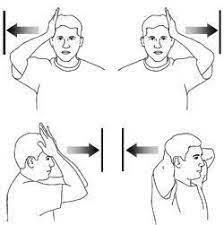
- Launch by looking straight ahead. Sluggishly lower your chin toward your casket.
- Hold for five seconds, also return to starting position. Do ten reiterations.
- This is a good exercise to do during work, especially if you have to keep your head in a steady position for extended ages, as in working at a computer
- Do this exercise every partial hour to help neck strain.
DO’S & DON’T for the prevention of neck tightness :
- Maintaining a good posture and Simple exercises to relieve pressure and strain on the structures within the neck – Gently stretch your neck from side to side or up and down
- Maintain a good overall health and nutrition status
- Don’t let stress levels get the better of you
- Don’t roll your neck
- Don’t bend your head to one side while talking on the phone
- Don’t use hard pillows while sleeping
To Select Pillow for Neck Pain following tips are useful :

- Pillow that maintain your Neck in neutral Position during sleeping position.
- Pillow that soft and also firm enough to maintain head position for longer period.
- Pillows play an important role in allowing the Neck to rest and recover. By supporting the head, a pillow can keep your neck muscle relax.

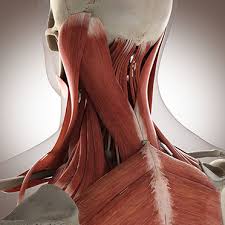
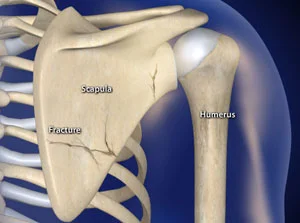


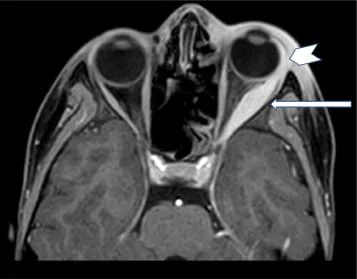

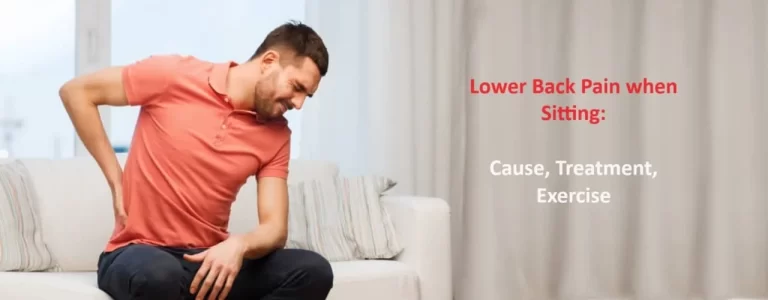
3 Comments